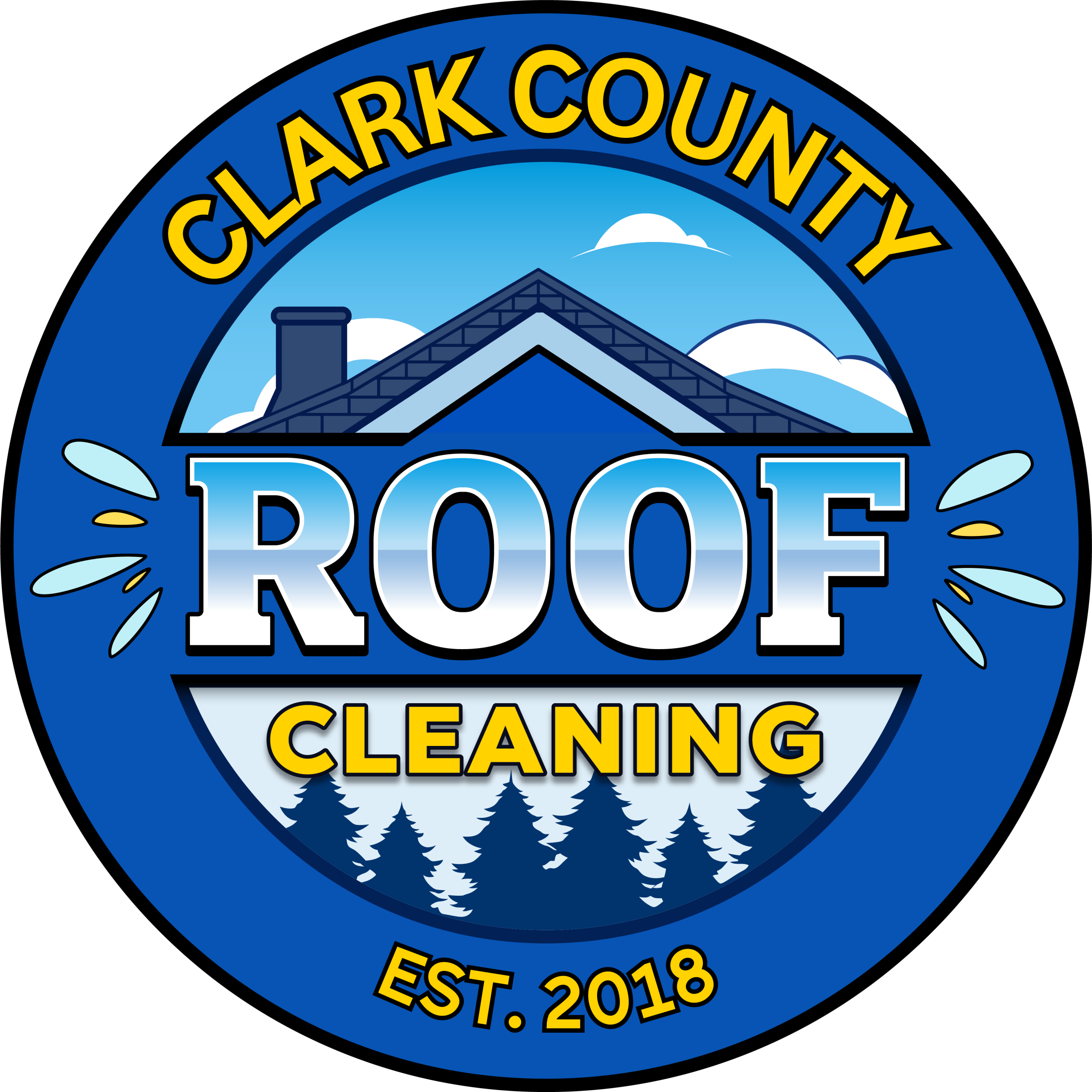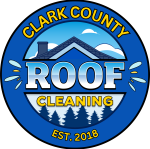Algae, with its greenish or blackish appearance, can be a persistent and unsightly issue for homeowners. Whether it’s on your roof, siding, deck, or other outdoor surfaces, algae can detract from the aesthetic appeal of your home. Moreover, if left unchecked, it can cause damage to certain materials. This comprehensive guide will walk you through various aspects of algae removal, from understanding the types of algae to effective cleaning methods, ensuring your home maintains its pristine condition.
Understanding Algae:
Before diving into removal methods, it’s essential to understand the types of algae commonly found on residential surfaces. The most common culprits are green algae (commonly seen on roofs and siding) and black algae (often found on damp surfaces like decks and sidewalks). Identifying the type of algae you’re dealing with can guide your removal approach.
The Dangers of Algae:
While algae may seem harmless, its presence can lead to more significant issues. Algae can retain moisture, creating an environment conducive to mold and mildew growth. This not only poses health risks but can also compromise the integrity of surfaces over time. Additionally, algae can make surfaces slippery, presenting safety concerns.
Preventive Measures:
The best approach to algae is prevention. Regular maintenance can deter algae growth before it becomes a visible problem. Trim overhanging branches to reduce shade and promote quicker drying, and ensure proper drainage to prevent water accumulation. Applying algaecide treatments as a preventive measure can also be effective.
DIY Algae Removal Methods:
1. Vinegar Solution: A mixture of white vinegar and water can be an effective and environmentally friendly solution for algae removal. Apply the solution to the affected area, scrub with a brush, and rinse thoroughly.
2. Baking Soda Paste: Create a paste by mixing baking soda with water. Apply the paste to the algae-covered surface, let it sit for some time, scrub, and rinse. Baking soda is abrasive enough to remove algae but gentle on surfaces.
3. Pressure Washing: For larger areas, a pressure washer can be a powerful tool. Adjust the pressure settings to avoid damage, and use an appropriate detergent to enhance the cleaning process. Be cautious with delicate surfaces like shingles to prevent damage.
4. Bleach Solution: A diluted bleach solution can effectively kill algae. Mix one part bleach with four parts water, apply to the affected area, let it sit, scrub, and rinse thoroughly. Exercise caution, as bleach can damage some surfaces and harm vegetation.
Professional Algae Removal:
If the algae problem is extensive or persists despite DIY efforts, hiring a professional algae removal service may be the best solution. Professionals have the expertise, specialized equipment, and access to commercial-grade cleaning agents to ensure thorough and safe removal.
Roof Algae Removal:
Algae on roofs is a common issue, particularly in humid climates. When addressing roof algae, it’s crucial to use methods that won’t damage roofing materials. Soft washing, a low-pressure cleaning method using specialized detergents, is often recommended for roof algae removal. Professionals skilled in roof cleaning can provide this service safely and effectively.
Environmental Considerations:
When dealing with algae removal, it’s important to consider the environmental impact of your chosen methods. Some cleaning solutions may contain chemicals harmful to plants, animals, or water sources. Always follow eco-friendly practices, such as using biodegradable cleaners and taking steps to minimize runoff.
Post-Removal Maintenance:
Once you’ve successfully removed algae, implement post-removal maintenance strategies to prevent its return. Regularly clean and inspect surfaces, address moisture issues promptly, and consider applying preventive treatments like algae-resistant coatings for roofs.
Conclusion:
Algae removal is a task that requires a strategic and informed approach. By understanding the types of algae, implementing preventive measures, and choosing effective removal methods, homeowners can maintain a clean and visually appealing exterior. Whether opting for DIY solutions or seeking professional assistance, the key is to address algae issues promptly to safeguard the aesthetics and longevity of your home.


